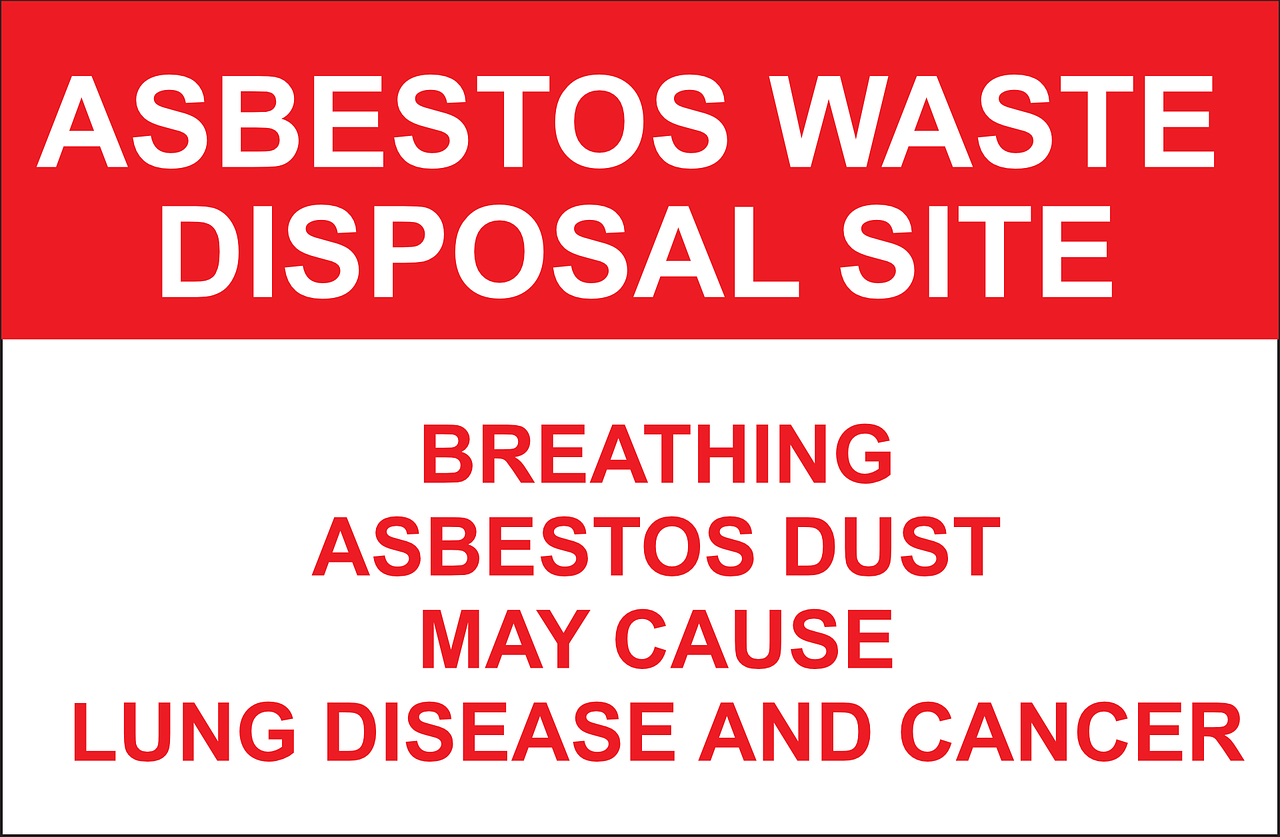
Tiny threads from harmful materials continue to remain a wellness threat, especially at building sites and shipyards. When disturbed, these drift through the air unnoticed. Over time, breathing in these particles causes serious pulmonary damage. Unfortunately, traditional methods take too long to spot these specks. This leaves workers and others exposed for long durations. Luckily, newer solutions are stepping in to resolve this issue.
Understanding Exposure
Strands from toxic compounds become life threatening when disturbed. Unlike regular dust, these do not break down easily. They also settle deep inside the chest cavity when inhaled. This leads to scarring and irreversible damage. Since symptoms often take decades to develop, most individuals remain unaware until their condition becomes severe.
Environments Prone to Exposure
Workplaces where silicate-based materials were heavily used in the past pose the highest risk. Shipyards and construction sites often contain insulation or flooring made from these fibers. When disturbed during renovations or demolitions, the particles become airborne. This exposes nearby individuals without their knowledge.
Beyond job sites, older buildings such as schools and offices may also contain these harmful compounds. This means that without proper maintenance, aging structures affect both residents and visitors alike. Secondary exposure is also a major concern. Individuals can unknowingly carry microscopic strands home on their clothing, putting family members at risk.
Long-Term Health Consequences
Conditions caused by asbestos often develop slowly. This makes early detection difficult. The most serious complications include breathing disorders that can drastically reduce life span. Some illnesses also have no known cure, making prevention the best defense.
Limitations of Traditional Methods
Older techniques rely on sample collection and waiting for laboratory results. This process usually takes a couple of days. During this delay, people may unknowingly breathe in harmful particles. Even when testing confirms the presence of fibers, exposure has often already occurred.
Another major issue is that standard screening methods struggle to detect the tinier strands. Visual inspections alone can also not confirm whether an area is contaminated. This makes it difficult to take immediate action. Workers in high-risk environments may unknowingly spend hours exposed to harmful substances.
The Need for Real-Time Detection
Instant tracking systems can help identify high-risk areas before contamination spreads. This allows for quicker interventions. These tools can also pinpoint hazardous zones, helping workers avoid unnecessary exposure. As industries seek better solutions, the focus is shifting toward smarter technologies. Especially ones that scan faster and offer more accurate insights.
Modern Progress
Smart Scanners
New tools use intelligent tracking to identify airborne threats the moment they appear. Compact sensors also continuously scan quality, sending alerts when harmful particles are detected. These devices can further be connected to cloud-based systems, enabling remote monitoring across multiple locations. Industrial sites and public spaces can be continuously checked, reducing the risk of contamination. Over time, collected information helps predict patterns. It allows safety teams to take preventive action before filaments spread.
Wearable Devices
Portable gadgets offer workers an added layer of protection. These tools can be clipped onto clothing or protective gear. When dangerous levels are detected, they immediately alert the user. This enables individuals to quickly leave the area and inform others. Beyond real-time warnings, these trackers also log exposure levels over time. This information helps companies evaluate risks, refine workplace rules, and ensure employees receive routine health checks.
Robots and UAVs
In locations where manual inspections are too risky, automated tools are stepping in to help. Drones fitted with advanced scanning systems can examine large areas without disturbing materials. They can also gather detailed reports on contamination levels. These devices are especially useful for inspecting high-risk environments, such as aging buildings or industrial facilities.
Additionally, mechanized assistants are being used for on-site assessments. These machines can safely collect samples, evaluate risks, and assist in planning safer removal processes. By reducing the need for direct human involvement, these solutions are improving both efficiency and safety.
Predictive Models
Advanced forecasting tools are now being used to analyze past reports and environmental data to predict where dangerous fibers are most likely to be found. By examining old construction records, previous incidents, and safety logs, these systems can highlight areas that require immediate attention.
This approach not only eliminates unnecessary inspections, but also ensures that key locations are prioritized. Additionally, with continual processing, the accuracy of these tools improves over time. This allows a shift from reactive to proactive planning. It enables industries to reduce risks and actively improve workplace conditions.
Metrics Tracking
Large-scale stats collection is helping experts understand exposure trends and develop more effective measures. Modern systems also provide real-time updates, ensuring that businesses and public spaces stay within safe limits. Digital dashboards and automated reporting tools further guarantee that regulations are met. This prevents legal issues and financial repercussions.
Improving Removal Strategies
Traditional processes exposed workers to serious risks, even with protective gear. Advanced cleanup tools are now reducing direct contact by using automated systems. These precision-based machines carefully remove hazardous materials to prevent airborne fibers from spreading. Some of these also come with built-in monitoring features. This allows them to track quality during the containment procedure. It quickly eliminates the need for manual input and considerably reduces the negative health consequences.

